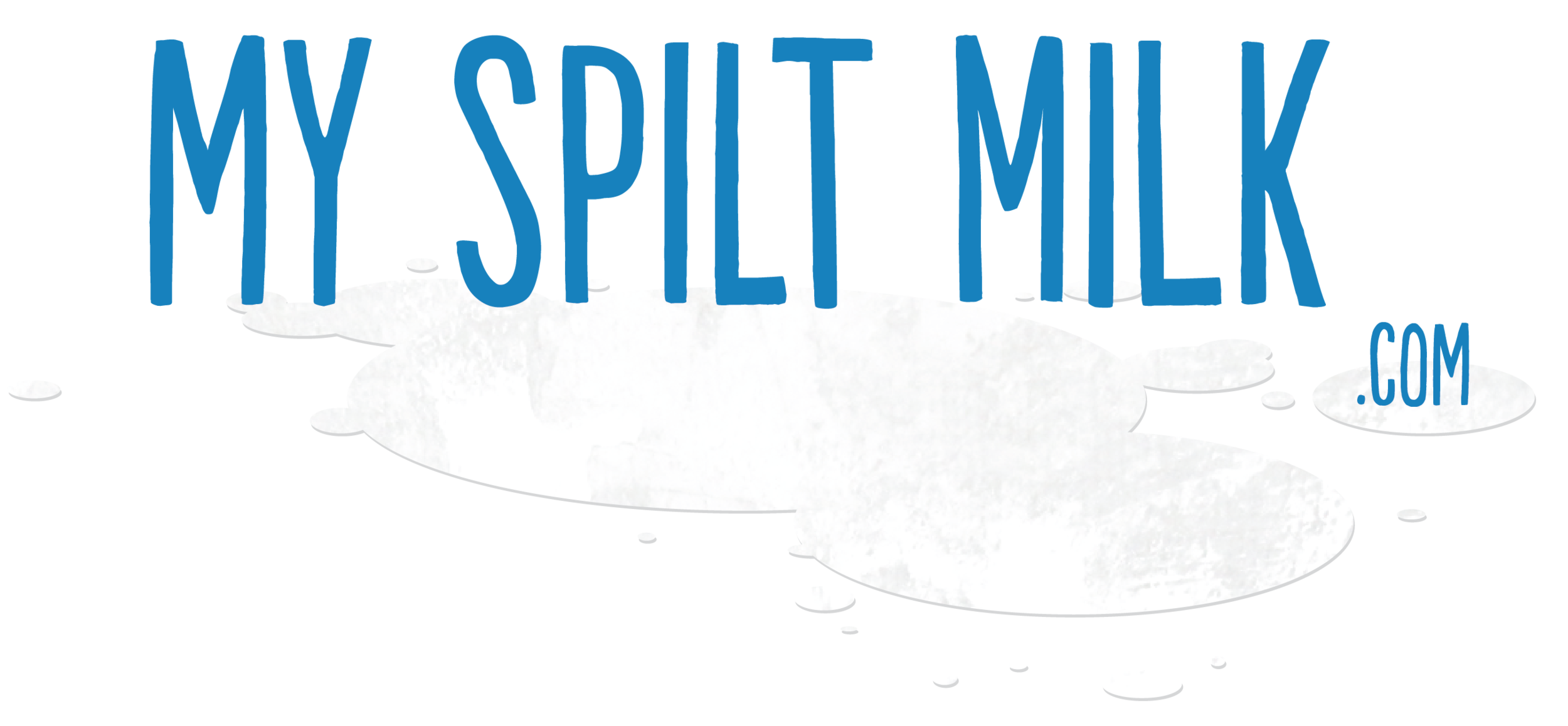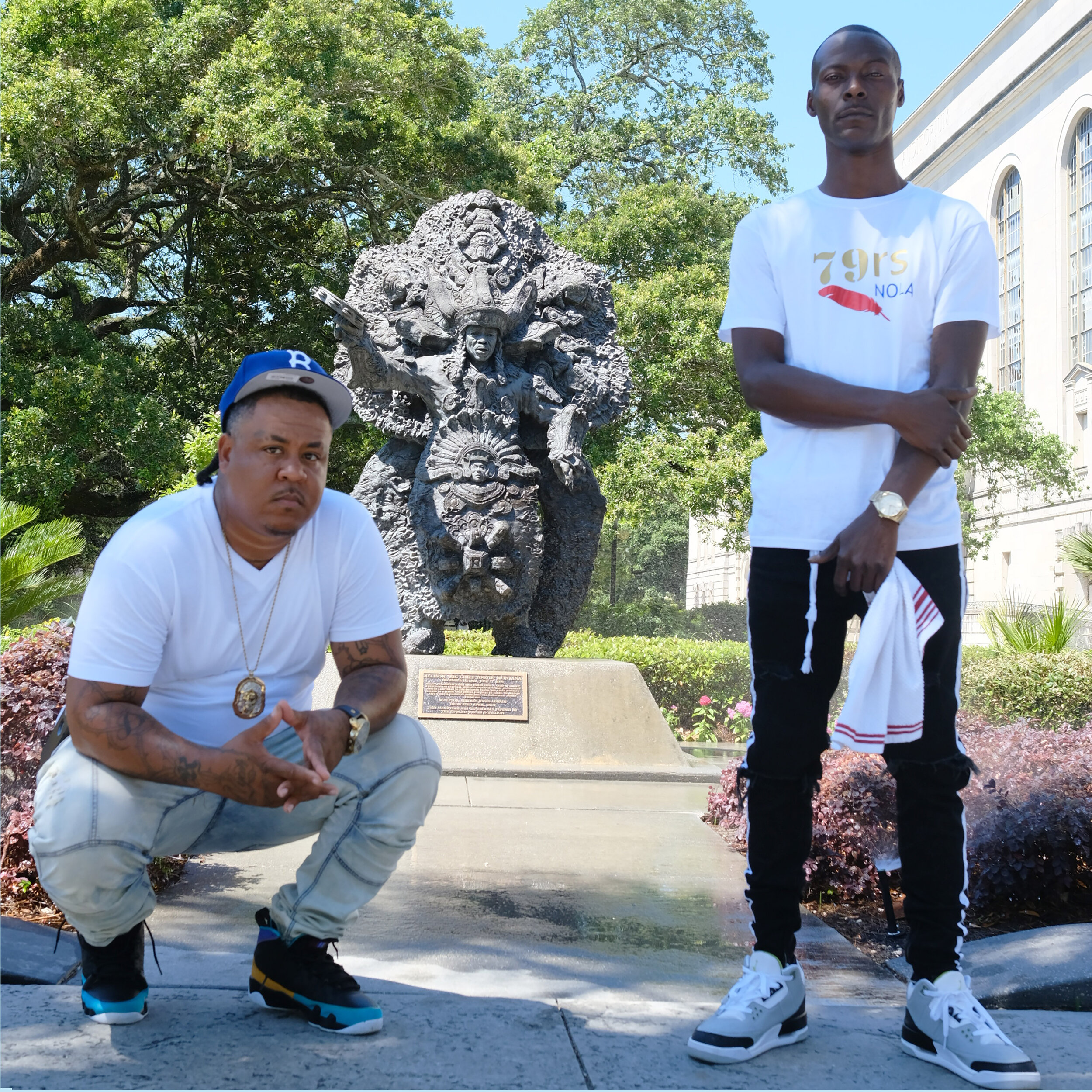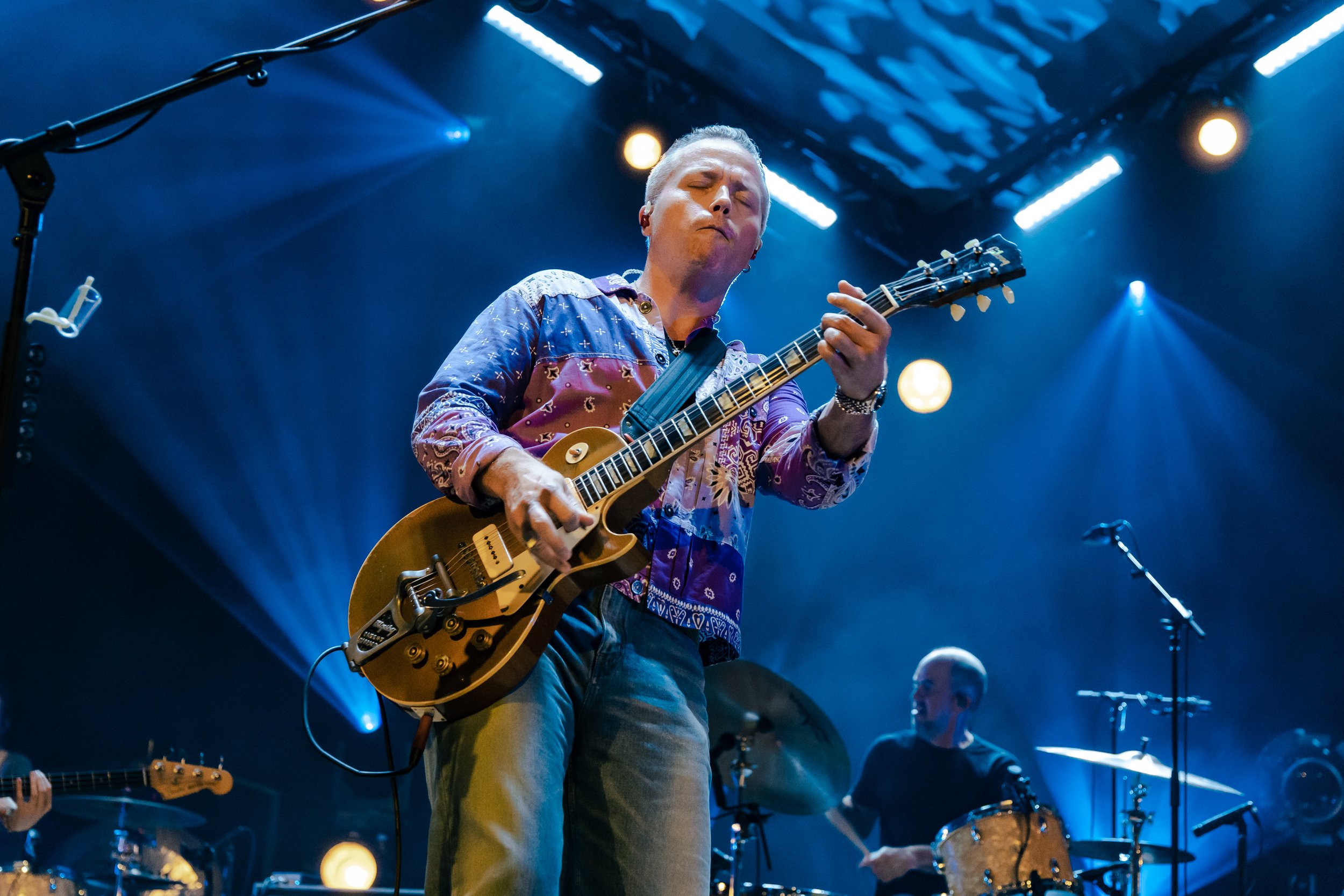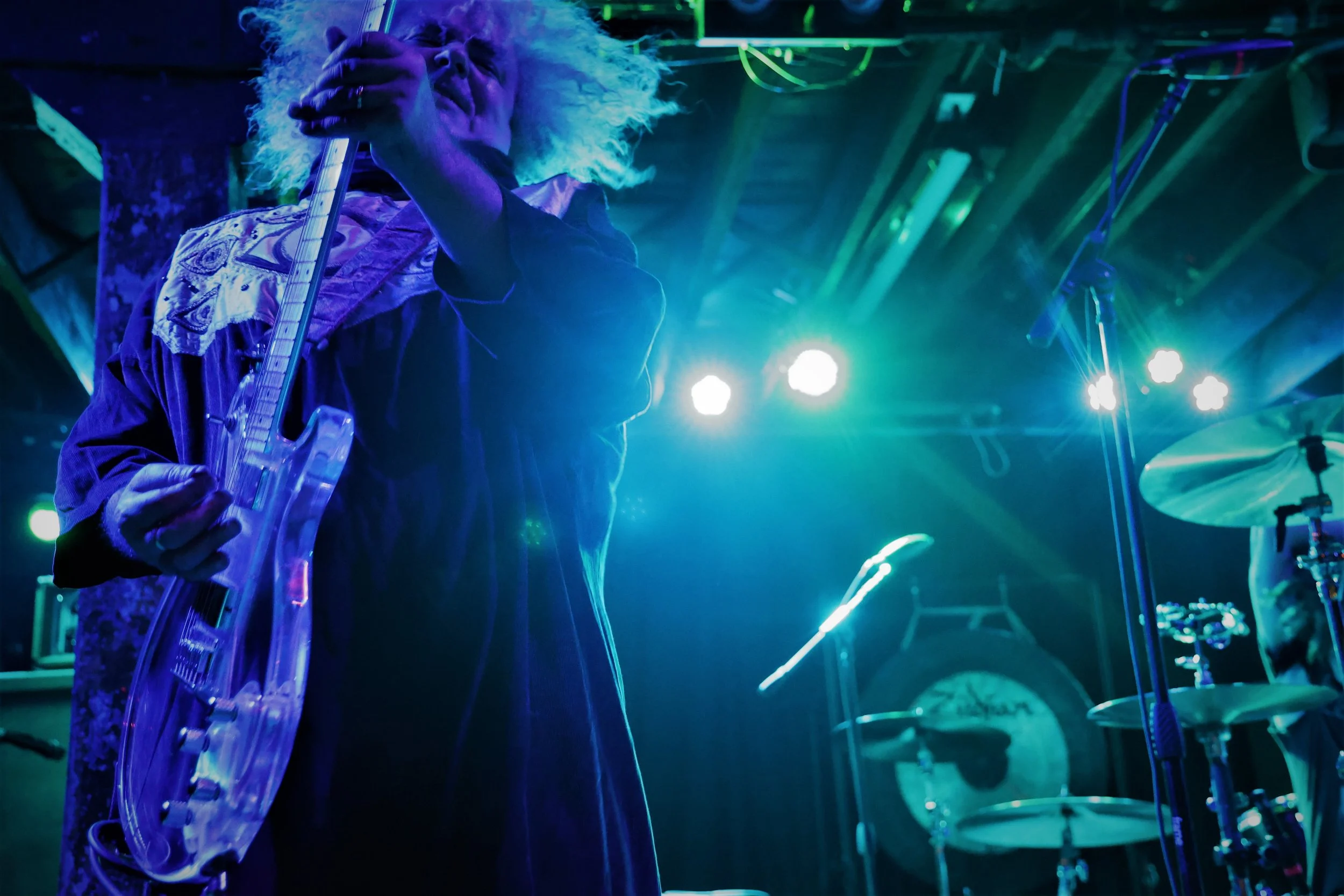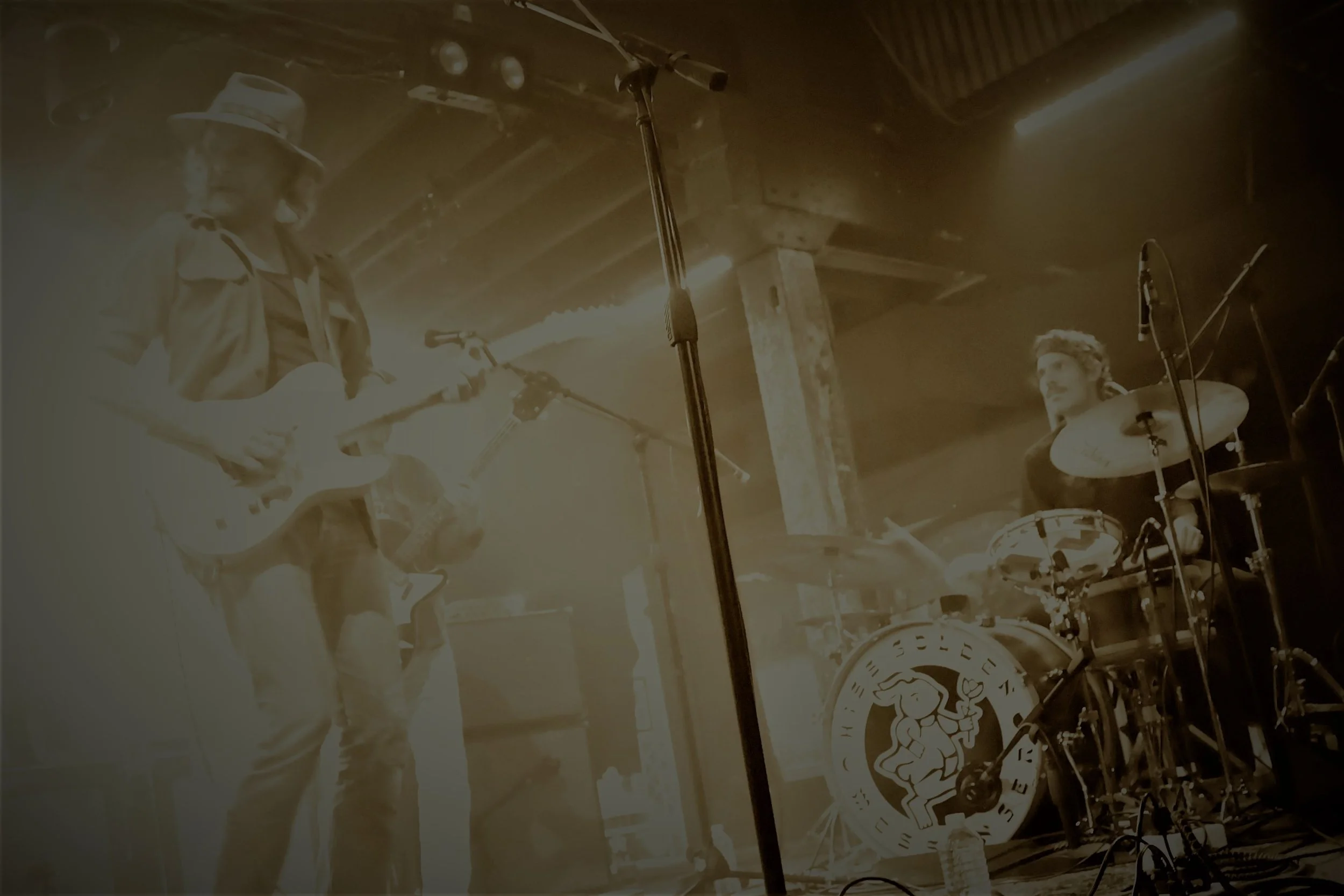Kraftwerk Updates Sound at Orpheum but the Look Stayed in the Eighties

Kraftwerk at the Orpheum, by Steven Hatley
The electronic music pioneers sounded contemporary by their standards, but the look was an emotional blank.
There’s a fair question going into a Kraftwerk show: What’s the point? The music was made on keyboards, so it can be faithfully reproduced sonically, and since the band has made robotics central to its presentation, you could reasonably expect that songs recorded in the 1970s would sound pretty much the same when played live, whether in that decade or decades later.
But you would be wrong. At their recent show at the Orpheum, the electronic music pioneers echoed the artists that echoed them. They tweaked arrangements to nod to Detroit techno, and the sounds themselves themselves received Nine Inch Nails-like attention. The percussion parts were impeccably textured, while the bass sounded almost three-dimensional at points. They were still very clearly the songs and sounds fans have known for decades now, but “The Man Machine” in particular seemed almost hyperreal as every element of the production including the rear screen video was presented in seemingly impossibly precise focus.
Those changes affected “Computer Love,” which lost some of its melancholy when an insistent, driving element filled the song’s hollow core. They were most transparent when one member of Kraftwerk played the opening of “The Robots,” then turned a knob to speed up his part to more club-friendly bpms, at which point the rest of the band joined in.
All of that comes baked into the band. Kraftwerk started with the goal of making music for Germans that reflected post-war, industrial Dusseldorf, their home. Some songs reflected Germany in motion, particularly “Autobahn” and “Trans-Europe Express,” which even had moments that brought movement to life by simulating the Doppler Effect—the changing pitch in a sound that we perceive as a vehicle passes us.
Kraftwerk made music for their present, but it sounded like the future as it bypassed the established, traditional instruments of rock ‘n’ roll in favor of more industrial, modern equipment. At the Orpheum, the erasure of traditional instrumentation was so complete that even in the final moments when the band members left the stage one by one, it was impossible to be sure that which member—if any— was responsible for percussive sounds or bass sounds, or if the division of labor was more organic and fluid.
Ralf Hunter is the last remaining member of the original Kraftwerk lineup, and he and the late Florian Schneider worked to perfect electronic sound in their Kling Klang Studio during the band’s heyday from 1974 (Autobahn) to 1981 (Computer World). Their career-long fascination with sound as sound meant that the concert sounded spectacular and alive, even though the newest songs in the set were released in 1986.
Ralph Hutter and another member of Kraftwerk, by Steven Hatley
The show’s musical vitality came with a melancholy undercurrent.
In the 1970s, Hutter and Schneider’s dedication to their music meant that they could painstakingly craft electronic records that others didn’t and maybe couldn’t. The move from analog to digital synthesizers and other technological changes in the ‘80s made it possible for others to get in their game with a lot less work. The techno-pastoral (really!) Autobahn shared 1974 with Joni Mitchell’s Court and Spark, Eric Clapton’s 461 Ocean Boulevard, Supertramp’s Crime of the Century, and the debut albums from Kiss and Bad Company.
Kraftwerk’s self-consciously mechanical music couldn’t have been more at odds with the moment, but Computer World fit very comfortably into 1981 when England’s best selling singles were “Don’t You Want Me” by The Human League and “Tainted Love” by Soft Cell. Electropop artists were influenced by Kraftwerk, and the keyboards and drum machines available in the early ’80s allowed them to approximate Kraftwerk’s robotic funk.
For years, Kraftwerk similarly tied that music to their appearance, performing as automatons complete with makeup to give the members a less human skin tone. When Wolfgang Flür played his drum pads, he did so using only his forearms and hands while his upper arms stayed still by his side. That look embodied a vision of the future that was already dated, one where robots would be made to look like humans. That gave them a hint of danger, which is something rock ’n’ roll almost always benefits from. Combine that with the sound, the graphics, the bold color contrasts that echo the constructivism found in Russian propaganda posters and Kraftwerk seemed subversive. They seemed like a threat to American and British rock ’n’ roll, where performers were so expressive that every gesture, vocal inflection and musical filigree said Look at me! Kraftwerk’s stage gear raised the question of whether there was even a human onstage.
In recent years, Kraftwerk have traded the red shirts and black pants for light-up suits that would have been at home in the Disney film Tron. There were no lights on the musicians’ faces at the Orpheum, and each stood more or less still at pedestals with electronic workstations. They traded their robotic nature for simple anonymity, which was far less interesting. Rather than stand stiffly upright and immobile, the members’ posture more closely resembled stock brokers checking their mail at a stand-up coffee bar.
The visual component of the show largely lived in the same inconsequential space as Tron, which seemed to be designed not in a vision of a human future but a video game future. It often looked like 1980’s “Battlezone,” but with graphics that moved toward the viewer to simulate 3D.
Occasionally Kraftwerk hit on something, like use of the nuclear hazard symbol and radioactive colors emanating from it during “Radioactivity,” but Kraftwerk’s current retro-futurism seems too casual. It doesn’t come with any frisson. They were fine but emotionally neutral.
The black and white films used to accompany “The Model” were far more effective as they did feature a dated vision of the future including big, blocky cameras from the early ’60s that represented cutting edge design and technology at the time. Photographers used them to take picture of models whose fashion was clearly avant-garde, even in black and white.
That said, it’s hard to think about what visuals would better represent the relationship between man and technology today. DJs and producers with their laptops have already prompted a generation of music fans to wonder if they’re really just answering their email while the music plays, so that has been neutered. What man-machine combination carries an element of danger or at least unease today?
Kraftwerk during “Autobahn” at the Orpheum, by Steven Hatley
At this point, there’s no guarantee we’ll get another Kraftwerk show. With only Hutter left and new music a distant memory, there’s no guarantee we’ll get another chance to see them. Before the show, I was very comfortable with that possibility, and the likelihood that the show would be the afterparty for their career. Now, I hope there’s at least one more since I’d like to seem them put the same kind of care and thought that they put into the music into an update of their visuals.
Creator of My Spilt Milk and its spin-off Christmas music website and podcast, TwelveSongsOfChristmas.com.
